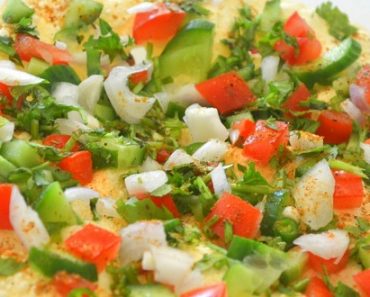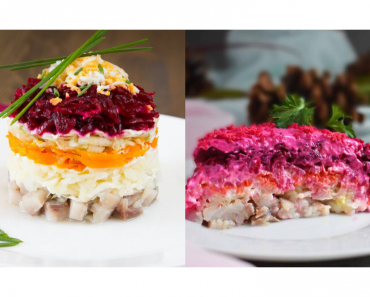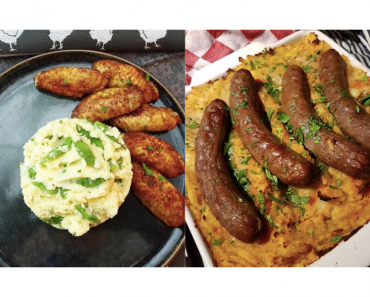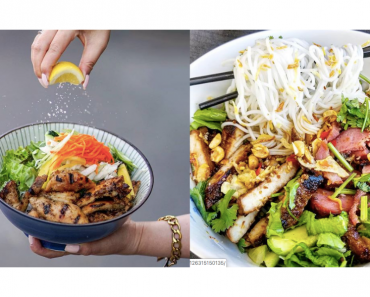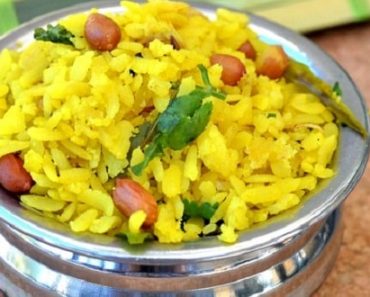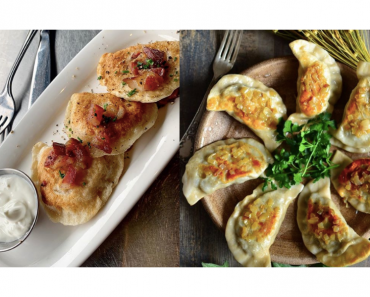Char kway teow is a popular noodle dish from Southeast Asia, notably in Malaysia, Singapore, Brunei, and Indonesia. The dish literally means “stir-fried rice cake strips.” In Malaysia and Singapore, the dish is considered a national favorite.
The name of the dish is Hokkien. Still, the recipe has its origins in Chaozhou in Guangdong province of China and is mostly associated with the Teochew. Generally speaking, the word kóe-tiâu refers to flat rice noodles, which are the common ingredient in Western Malaysia and Singapore. In East Malaysia, on the other hand, this dish is made with real sliced strips of rice cake.
Regardless of the way it is prepared, this is a delicious dish that is enjoyed by many. To discover how to make this dish yourself, check out the recipe below.
Singaporean Char Kway Teow
- Author: Romae Chanice Marquez
- Recipe Category: Main Dish / Snacks
- Cuisine: Singaporean and Chinese
Since this dish is becoming more and more popular, numerous cooks have created their own understanding of the recipe using the same essential ingredients. These ingredients include rice bands, flat rice noodles, eggs, onions, garlic, Chinese sausage, and cabbage. The whole preparation and cooking time is only 30 minutes. This recipe will make enough for four servings.
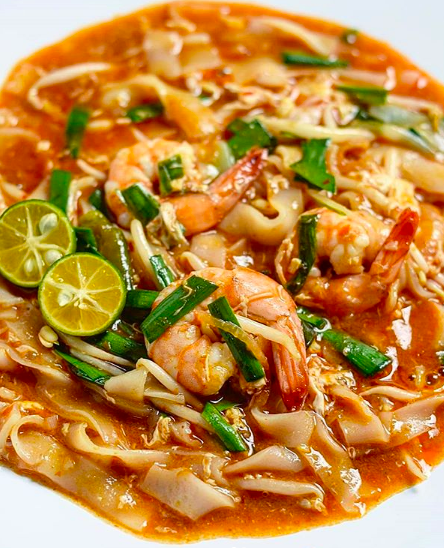
Photo credit: @kualihelena / Instagram.com
Singaporean Char Kway Teow Ingredients
- 600g of fresh wide rice noodle
- 3 tbsp lard, or vegetable oil
- 3 tbsp vegetable oil
- 14 small prawns/shrimp, peeled
- 3 garlic cloves
- 2 Chinese sausages, thinly sliced
- 2″ piece of fried fish cake, sliced thinly
- 25 stems garlic chives, thinly cut
- 3 1/2 cups bean sprouts
- 3 eggs, whisked
For the sauce,
- 6 tsp dark soy sauce
- 5 tsp light soy
- 2 tsp oyster sauce
- 4 tsp sweet soy sauce
Singaporean Char Kway Teow Instructions
Step 1: Mix all the ingredients for the sauce together.
Step 2: Don’t try to break noodles while they’re cold and hard. Put the entire packing package in the microwave, heat up for 1 1/2 minutes, or 2 minutes, until it is hot and pliable.
Step 3: Handle and weigh the noodles in a heat-resistant bowl carefully. Set apart unneeded noodles. If noodles are cold and splitting before cooking, cover 30 seconds with an adhesive wrap and microwave to warm them.
Step 4: Heat lard and 1 tbsp of oil over high heat in a wok.
Step 5: Add the prawns when it starts to smoke and let it cook for thirty seconds. Stir in garlic for 15 seconds and add the noodles. With both hands gripping the handles of the wok, toss them four times until they are covered with oil.
Step 6: Add the Chinese sausage, fish cake, beans sprouts, and cabbage, fold together gently.
Step 7: Move it all on to one side, add the oil left. Cook and add egg, push it around for about one minute or until it is mostly set. Then chop it up quickly using a wooden spoon.
Step 8: Pour the sauce over the noodle mixture and then stir. Serve immediately.
Singaporean Char Kway Teow Additional Information
- Per serving, this recipe has 522 calories, 23 g of fat, 164 mg of cholesterol, 993 mg of sodium.
- It will take only 30 minutes to create this dish.
- This recipe will make enough to serve four people.
- Stir-frying char kway teow in pork fat without eggs was prevalent in the past. More recently, for health or religious reasons, ordinary cooking oil is usually used, and eggs have become another main ingredient in the recipe.
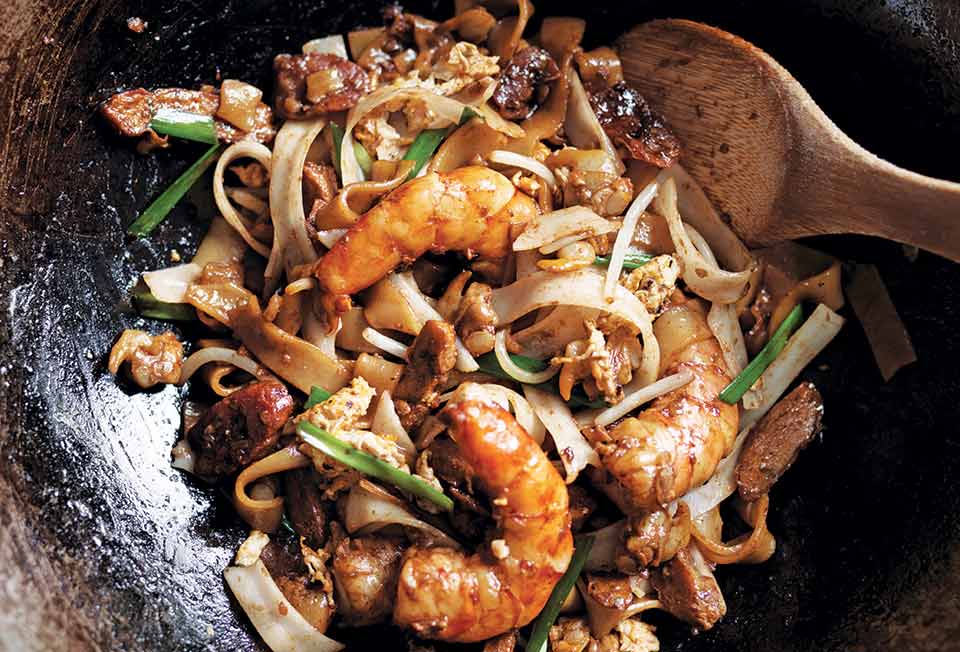
Image source: leitesculinaria.com
About Char Kway Teow
Most restaurants in Hong Kong in Southeast Asia sell char kway teow as a Malaysian specialty, although it is of Chinese origin in Southeast Asia. A completely different recipe is the char kway teow served in Hong Kong; this dish consists of stir-fried flat rice noodles with prawns, char siu, onions, and bean sprouts, flavored with curry and bright yellow color.
Conclusion
As a short history, when the dish was first served, fishermen, farmers, and cockle-gatherers frequently sold it in the evening, doubling their profits as char kway teow hawkers. Now it is prepared in Singapore as shown above. For more international recipes, click here.
Featured Image: @kintariverfrontipoh / Instagram.com, @travlim / Instagram.com



